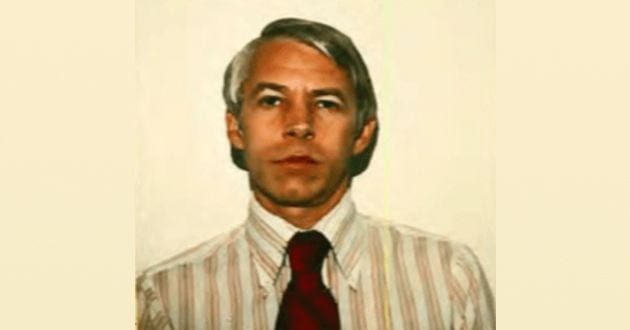Two Ohio State professors were recently elected into the National Academy of Sciences.
The academy is comprised of scholars dedicated to further science and technology and advises the federal government on scientific and technical matters, according to its Web site.
Lonnie Thompson, a distinguished professor of geology, and Malcolm Chisholm, professor of chemistry, were chosen because of their scientific research.
“To be elected into the National Academies is a huge honor,” said Maureen O’Leary, spokeswoman for the National Academies. “It is second to receiving the Nobel Prize.”
The election to the academy was announced last Tuesday, O’Leary said. They will be inducted during the national ceremony in Washington, D.C.
Thompson, who is noted for his extensive research as a glaciologist, has been at OSU for 28 years.
“I’ve done all of my work while at OSU,” he said.
Thompson is a research scientist at the Byrd Polar Research Center on campus and also received his master’s and doctorate in geological sciences from OSU.
He said he enjoys working at OSU and that the university has been very supportive in his research projects.
“There is nothing I wanted to do that I couldn’t do here at OSU,” he said.
Thompson studies glaciers to recover the preserved history of the global climate, he said.
“We need to understand natural climate,” he said. “Glaciers tell you about the climate in the way they respond.”
Thompson, along with other researchers, goes on expeditions to drill glaciers and extract some of the core. The samples are taken back to the OSU laboratories to undergo tests and measurements that will give researchers an explanation of the past, and a possible glimpse into the future, of the global climate.
Thompson has already noted changes in the climate during his tenure at OSU.
“If you look at climate system and how it varies, we need to know that history,” he said. “Glaciers are the best look at the past climate.”
Thompson said he had recently shared his environmental findings with the U.S. Congress.
“Glaciers are the most visual form of global warming at work,” he said. “We are losing these glaciers and their record of the past.”
This is a global issue because the melting of the glaciers can greatly affect the sea level, which can displace millions of people living in coastal areas, Thompson said.
To study glaciers, Thompson said he has traveled to 15 different countries including Antarctica, Greenland and Peru.
Peru is his favorite, he said. “Seventy percent of the world’s tropical glaciers are there.”
He said what he likes most about his work is the challenge. To get to the glaciers in high altitudes, his team has to climb the mountains and transport their six tons of equipment.
“Mountaineers help us (move the equipment), and in the Himalayas we use yaks to transport (everything),” he said. “Every country is different.”
Thompson said he has spent more than three-and-a-half years at high elevations above 18,000 feet.
“We’re getting ready for my 50th expedition, which is in the southeast Himalayas,” he said.
He currently teaches courses on environmental geology and paleoclimatology.
“It takes a lot of time, but I do enjoy teaching,” he said. “I figure I’m successful if we get to two or three students that want to work in geological sciences.”
Thompson is not new to receiving recognition for his work. He has been awarded the Tyler Prize for Environmental Achievement, the Vega Medal from the Swedish Society for Anthropology and Geography and the Heineken Prize for Environmental Science. He was also honored as one of “America’s Best in Science and Medicine,” by Time Magazine, among other recognitions.
“It’s certainly an honor, if you are doing what you really enjoy doing and get recognized for it,” he said. “That’s the best of all worlds.”
Malcolm Chisholm is a professor of mathematics and physical sciences at OSU. Chisholm has worked at OSU since 2000 and his work includes research on molecular chemistry, metal to metal multiple bonds and organometallic chemistry. He is also teaching some courses this quarter, such as Chemistry H203 and 585.
Chisholm has received other awards, such as the Royal Society of Chemistry Ludwig-Mond Lectureship and the Award for Distinguished Service in the Advancement of Inorganic Chemistry from the American Chemical Society.
O’Leary said 72 people were chosen this year, which is the annual limit for new inductees. There are about 2,000 living members of the academy.
The members meet every year to discuss successful researchers and nominate them based on their disciplines. There are three divisions of the academies: sciences, engineering and medicine.
“To be elected into the National Academies is a huge honor,” O’Leary said. “It is second to receiving the Nobel Prize.”
The National Academies were created in 1863 by a congressional charter under President Lincoln, she said. Those inducted were chosen to give scientific advice to the government.
“It is about recognizing scientists who have had significant research in their careers,” she said.


